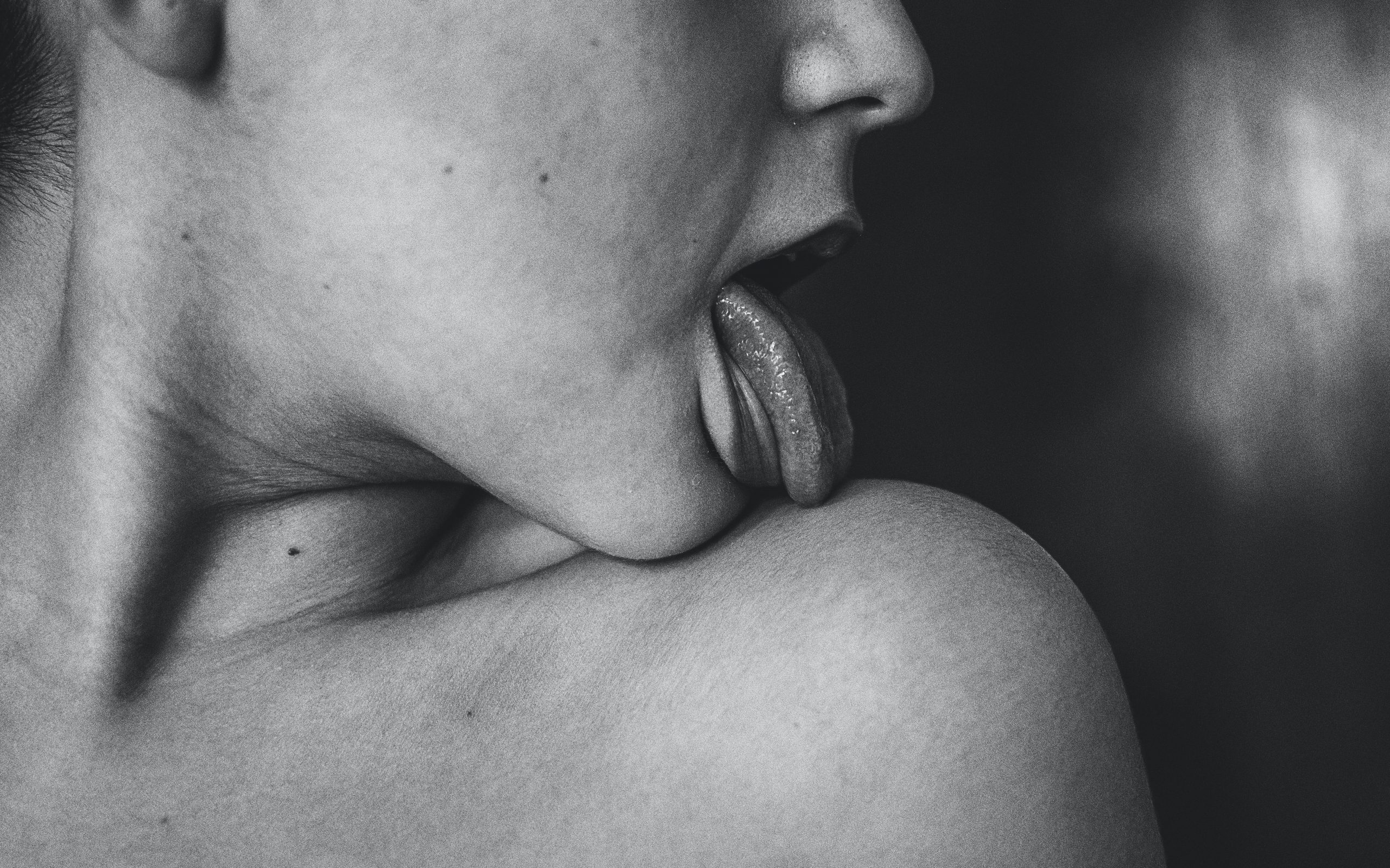ID, EGO AND SUPEREGO
Freud differentiated between libido and pleasure, stating that libido was present in what he defined as the Id, the Ego and the Superego.
In the Id is the pleasure principle or what we can consider as immediate pleasure. The part that directs our behaviour unconsciously in search of that delight.
The Ego contains the energy of the libido of the Ego, which is in charge of achieving pleasure always taking into account reality, the environment, as well as the norms and rules that prevail.
Finally, the Superego is similar to the Ego, although it gives great importance to morality, having internalised all the norms and values that reside in society and that are learnt from childhood, through contact and interaction with other people.
STAGES OF HUMAN DEVELOPMENT
For Freud, the libido is also present in the different stages of human development, but it is expressed in a different way depending on the stage of development in which we find ourselves.
- Oral: pleasure is obtained through the mouth.
- Anal: the sphincter and defecation are controlled, an activity linked to pleasure and sexuality.
- Phallic: pleasure is obtained when urinating, thanks to the pleasurable sensation it produces.
- Latency: modesty and shame appear, related to sexuality.
Genital: the arrival of puberty and sexual maturity.
According to Freud’s view of desire, the libido sometimes stagnates, and does not follow its natural flow. This is what can happen when there is some kind of fixation that prevents everything from continuing to progress as it should. For example, clinging to pleasure through the mouth in the oral phase will make it very difficult to leave it behind in order to fully immerse oneself in the next phase.
PLASTICITY AND VISCOSITY
Finally, it should be noted that Freud assigned two basic characteristics to the libido: plasticity and viscosity.
- Plasticity: The capacity of the libido to change more or less easily its object and mode of satisfaction.
- Viscosity: This refers to the libido’s greater or lesser capacity to cling to an object or a phase and its difficulty in changing this clinging once it has been produced.
Get your free consultation and become the Best Version of Yourself!
BEST OF ME
Damaris Tenza
contact@bestofmecoach.com
+34 723359973
Cabinet in San Pedro Alcantara - Marbella
Online and phone consultations



Pingback: TIPOS DE ESTIMULOS EROTICOS - bestofmecoach
Pingback: PEDOFILIA VERSUS PEDERASTIA - bestofmecoach
Pingback: DESIRE AND SEXUAL FANTASY - bestofmecoach